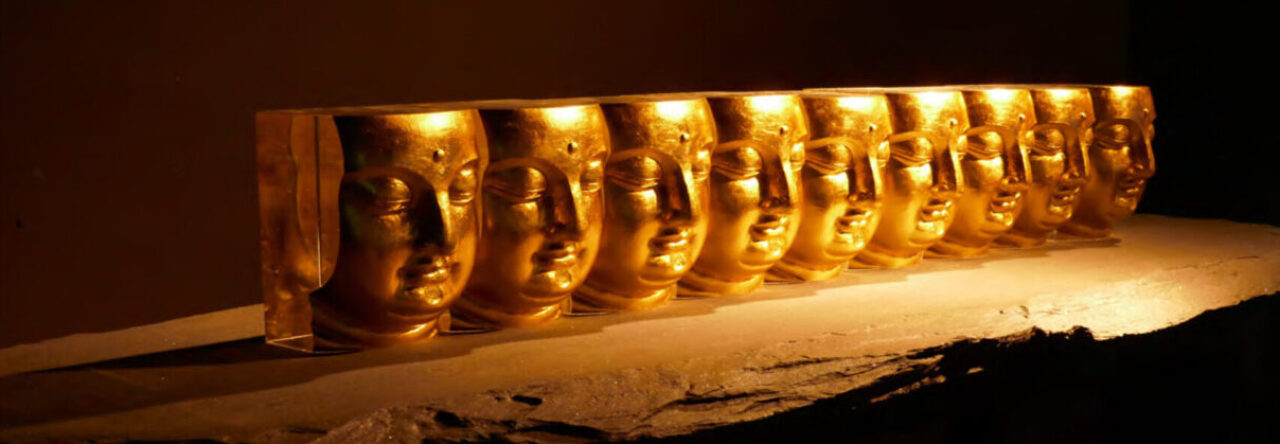Dans le cadre de la série de conférences « Genres and Methods for the study of Chinese Buddhism » organisée par l’Ecole pratique des hautes études – EPHE, Marcus Bingenheimer donnera une conférence « Geographic Perspectives in the Study of Buddhist pilgrimage (GIS & travelogues)« .
Dates : Jeudi 27 mai 2021 – 10:00 – 12:00
Lieu : En ligne
Résumé [en anglais] : Pilgrimage is a popular form of practice as well as part of monastic life. Using a GIS approach in mapping itineraries recorded in travelogues can provide new, at times surprising insights. In the early 19th century Ruhai Xiancheng 如海顯承 (fl. 1800-1826) wrote a route book describing itineraries to China’s most popular pilgrimage sites for the use of his fellow monks: “Knowing the Paths of Pilgrimage’” (Canxue zhijin 參學知津). The book is a rare source for the travel routes of monastic Buddhists in late imperial times as it describes, station by station, 56 pilgrimage itineraries all over China, many converging on famous mountains, temples, or urban centers. Another, much better known, source for pilgrimage in the late Qing is “Records of Travels to Famous mountains” (Mingshan youfang ji 名山遊訪記) by Gao Henian 高鶴年 (1872- 1962). It describes a similar number of routes (53), but contains more detailed information about the interactions of Gao with his monastic friends and preceptors. Comparing the itineraries of the two texts shows that while the destinations of Buddhist pilgrims did not differ all that much between the early 19th and the early 20th centuries, some single routes changed considerably with the arrival of new modes of transport.

Laisser un commentaire